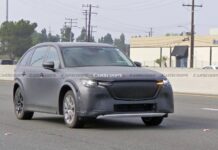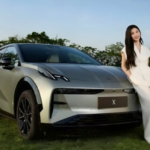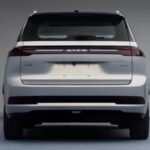Mazda’s journey into the global electric vehicle (EV) market has been fraught with challenges. The MX-30, its initial offering, had a brief two-year stint in the U.S. market, exclusively available in California, with only 324 units sold in 2022.
The MX-30 was an oddity, priced at a starting point of $34,110 for the 2023 model. It featured a modest 35.5 kWh battery, offering a limited range of just 100 miles. Coupled with its higher price tag compared to competitors and its unconventional “suicide” rear doors, the MX-30 struggled to find its footing. Its electric motor produced 143 horsepower, further limiting its appeal.
Following the MX-30’s underperformance, Mazda turned to Chinese partnerships to develop models like the EZ-6 and EZ-60. While these vehicles cater to specific markets, the company recognized the urgent need to create a true, in-house electric vehicle. This marks a pivotal shift in Mazda’s electrification strategy.
Insiders suggest that the mysterious electric SUV may not debut until 2027, potentially arriving in the U.S. market as a 2028 model.

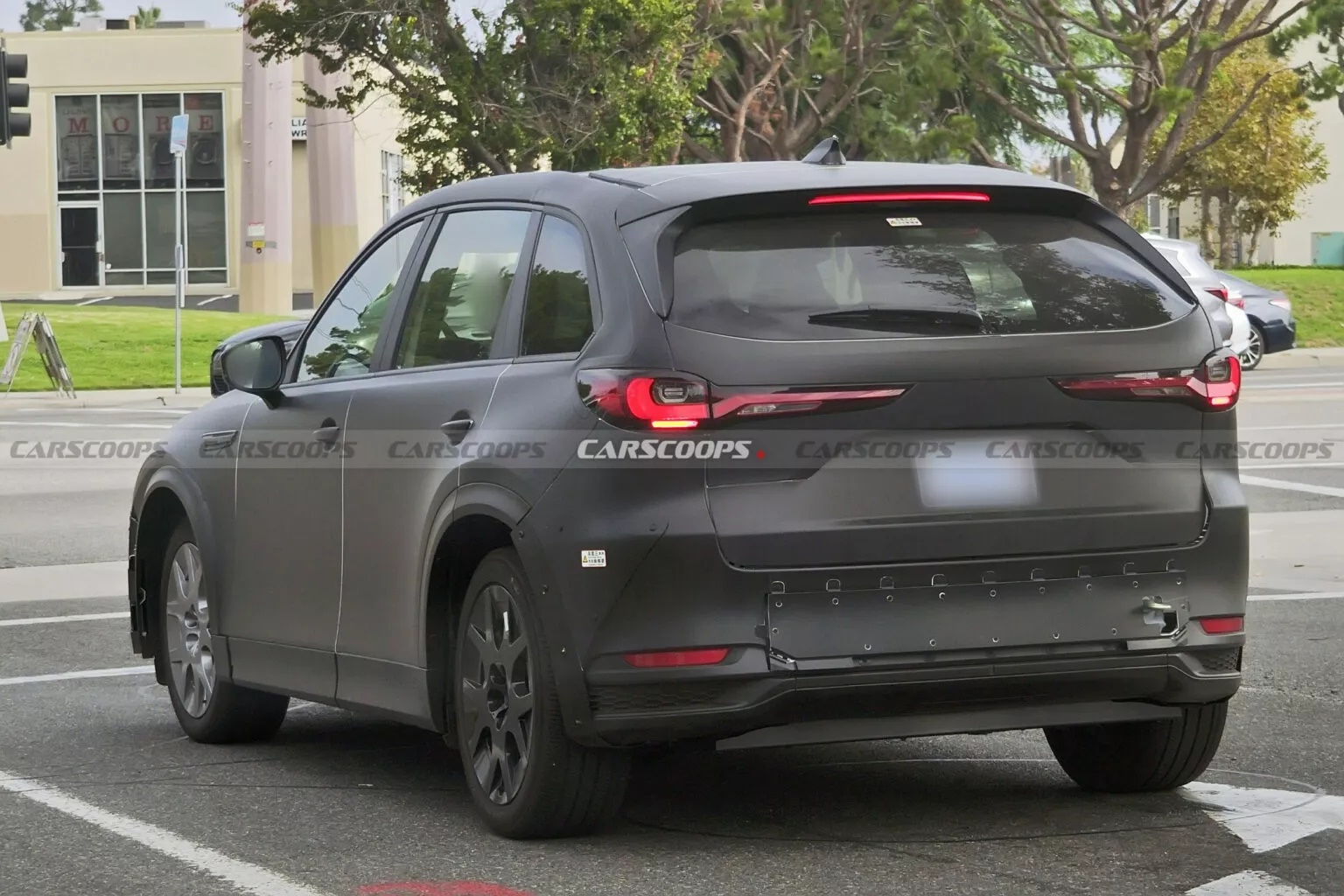
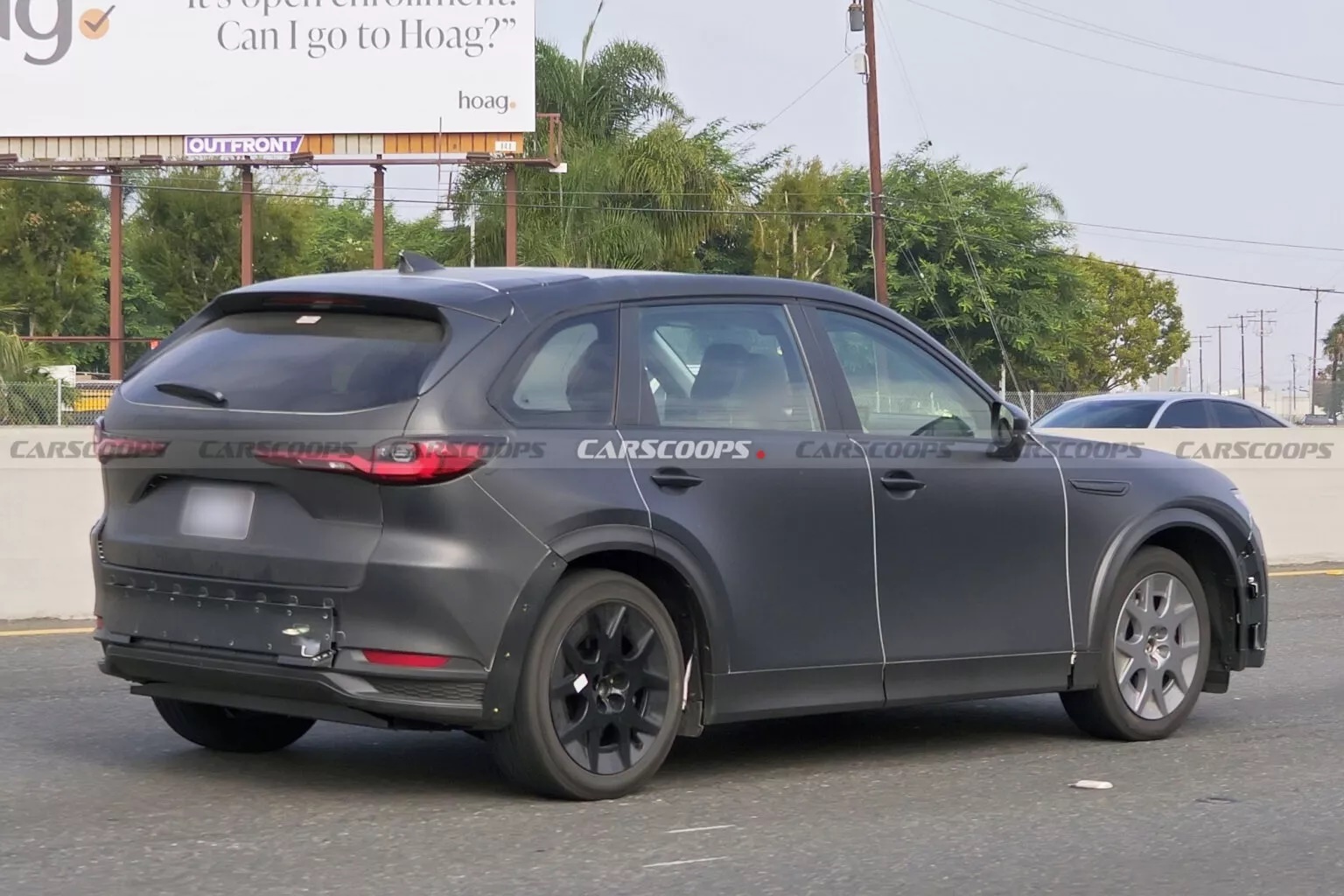
Despite heavy camouflage, the test vehicle reveals intriguing details about Mazda’s expanding green lineup. Photo: Carscoops
The first glimpse of this new electric vehicle comes from recent test drive images. A prototype was spotted near Mazda’s research and development center in Irvine, California. The vehicle appears to be based on a modified CX-70 or CX-90 platform.
The front end is heavily camouflaged, but a fully sealed grille and covered side air intakes are visible, emphasizing aerodynamic efficiency. A small central air intake further highlights this focus.
More significant changes are evident from the A-pillar backward. The prototype has a shorter wheelbase than the CX-90 and a notably truncated rear end. It also features quarter glass at the rear, reminiscent of the CX-80 design. While exact dimensions are hard to gauge from photos, spy photographers estimate its size to be comparable to the CX-5/CX-50.
In terms of proportions, the upcoming EV is narrower than its body suggests. Closer inspection reveals wheels set deeper within the wheel wells, indicating a shorter track width compared to the CX-90. The vehicle also features aerodynamic wheels and a charging port likely concealed under a rear bumper flap.

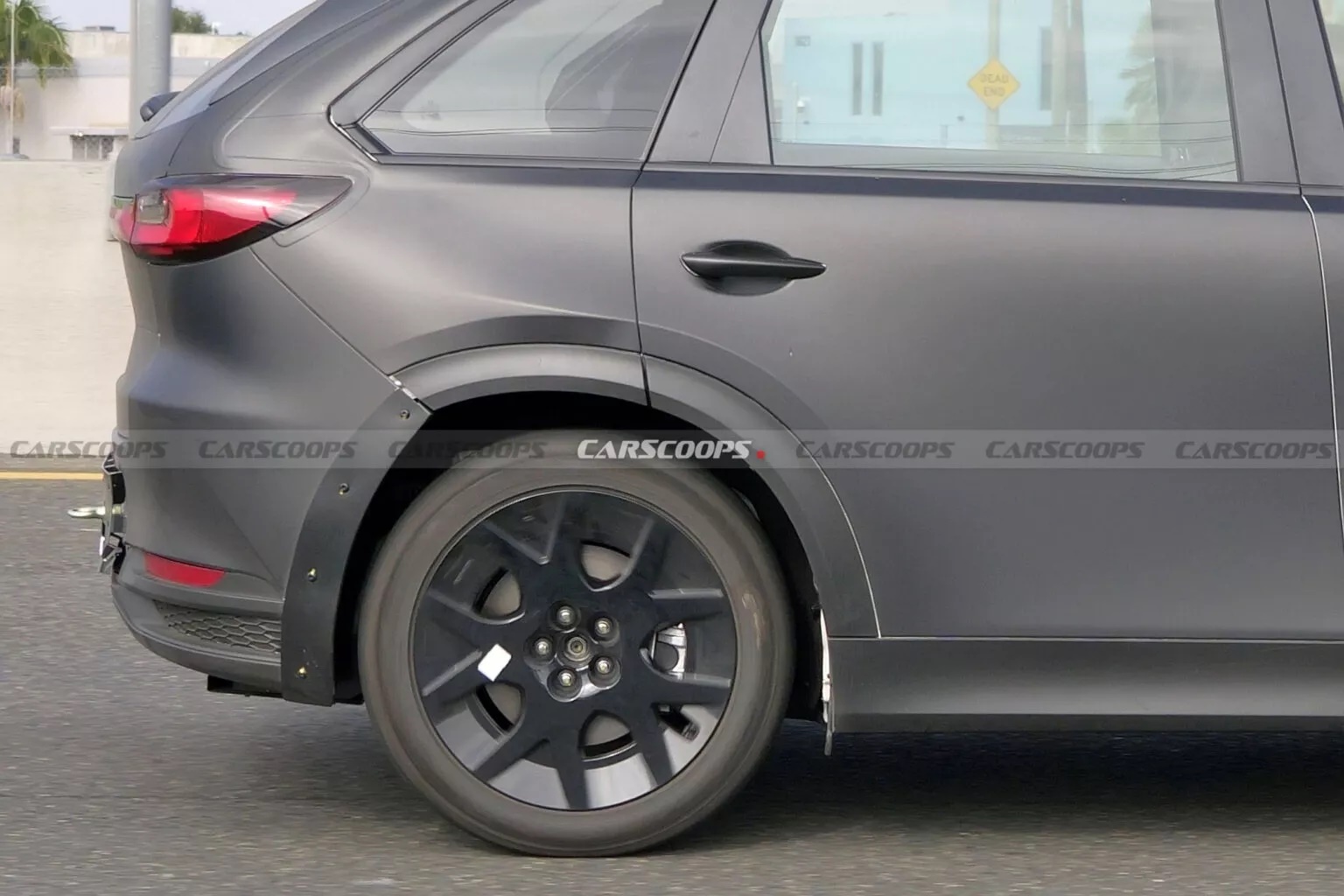
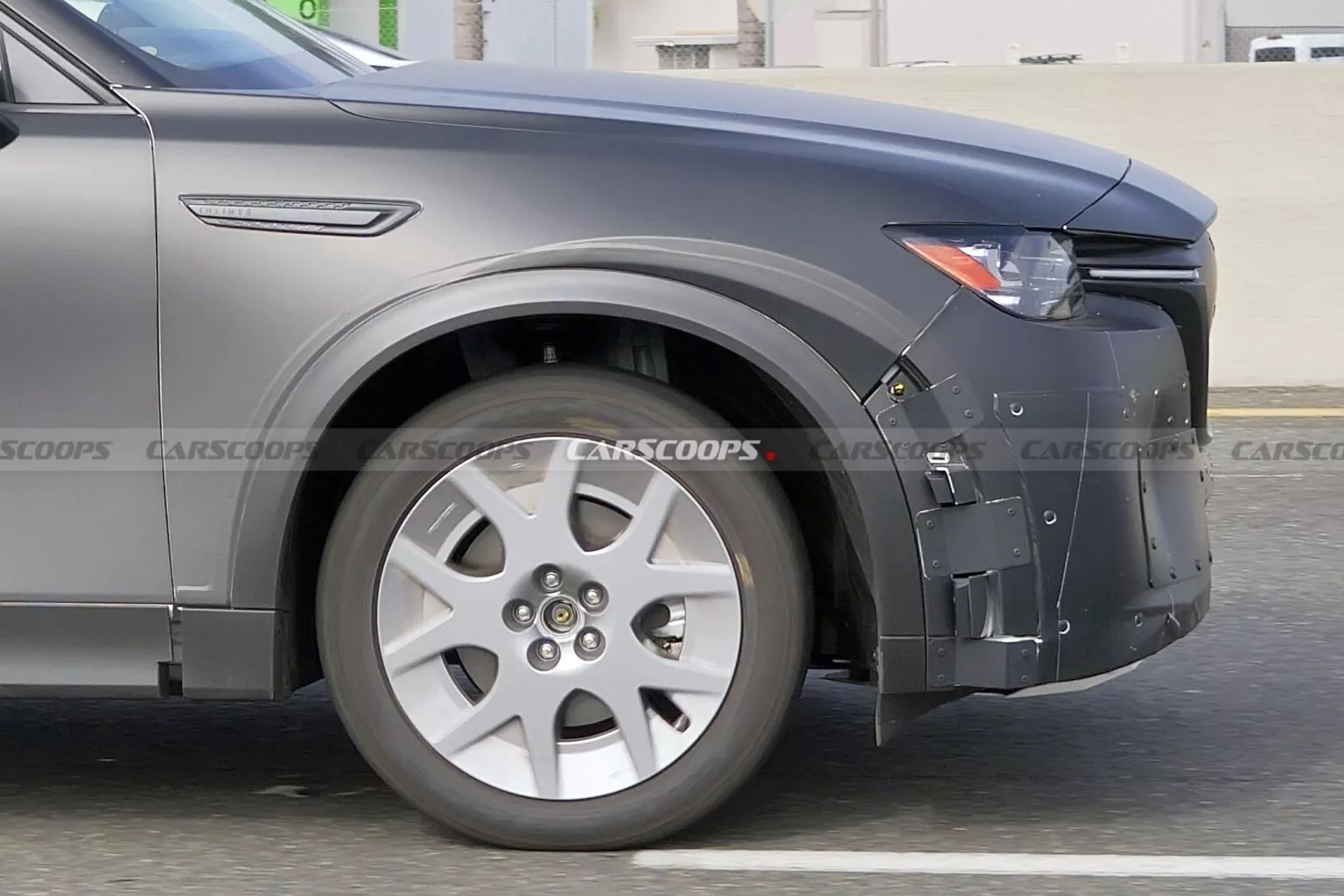
Details remain scarce, but the vehicle appears to be an SUV comparable in size to the Mazda CX-5/CX-50. Photo: Carscoops
Limited details are available about this new model. However, Mazda announced its Skyactiv EV Scalable Architecture in 2021, a dedicated EV platform slated for introduction in 2025, supporting “various sizes and body types.”
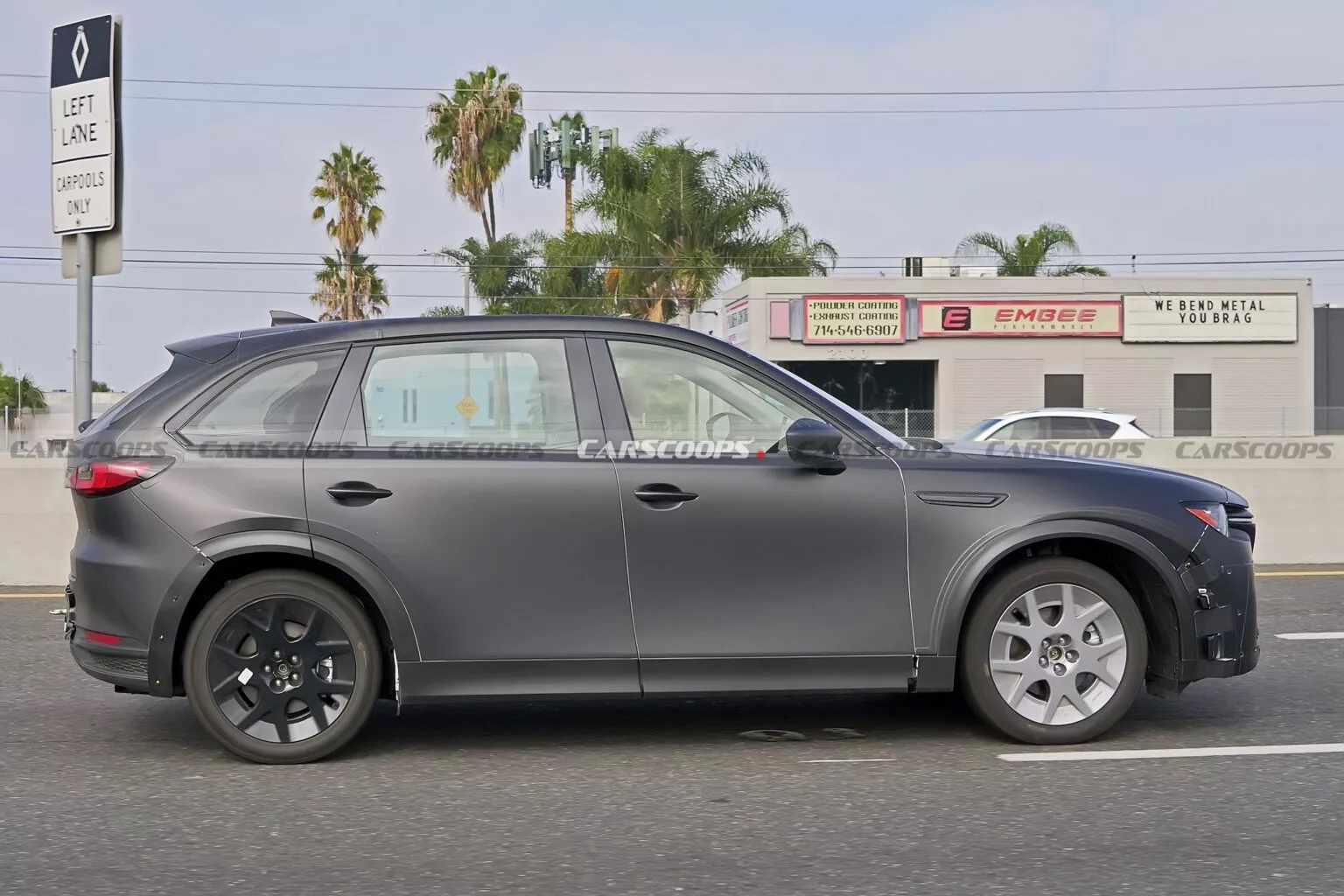
It remains unclear which markets will receive the new model. Photo: Carscoops
Mazda initially planned to launch several models on this platform between 2025 and 2030. With 2025 nearing its end, delays are evident. Many now anticipate a 2027 launch, with a U.S. arrival in 2028, underscoring Mazda’s cautious yet committed approach to the competitive EV market.
China’s $143 Billion Push to Dominate a Critical Global Sector: Massive Investments Span Europe to Asia, Yet Only 25% of Projects Completed
Chinese electric vehicle and battery conglomerates have invested a staggering $143 billion into overseas projects.




